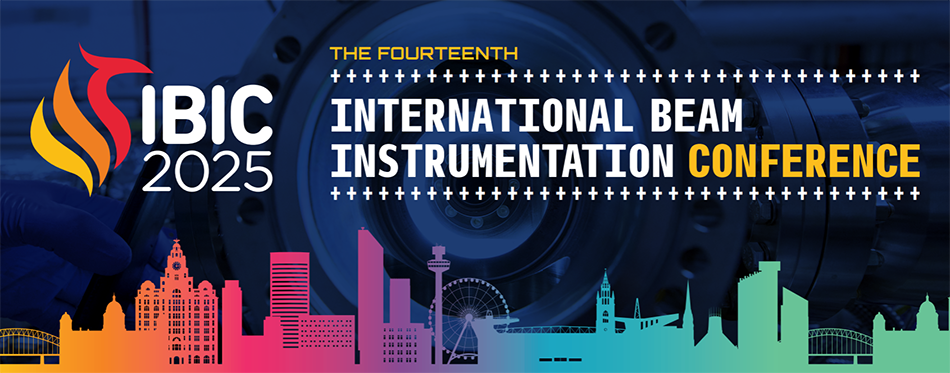Speaker
Description
Space charge effect was considered a driving force for emittance growth in high-intensity beams. To understand it, the emittance needs to be measured. In the past, the quadruple scan was one of the simple and efficient methods to measure beam emittance, but it is difficult to apply to high-intensity beams where the space charge plays a dominant role due to the deviation from the quadratic fitting. The tomography method was used before for this case to reconstruct phase space and then obtain the emittance, but the scan was time-consuming, and the post-analysis was very complex. One of the solutions is to use the genetic algorithm and treat this as an optimisation problem where the emittance needs to be optimised for the beam to match the quadruple scans. This method also involves heavy post-analysis, which limits its online application.
In this contribution, machine learning methods will be used to reconstruct the phase space based on PIC simulations of space charge-dominated beams. of effectiveness of the machine learning method against the space charge level will be studied.
Funding Agency
The Cockcroft core grant No. ST/G008248/1
| I have read and accept the Conference Policies | Yes |
|---|

